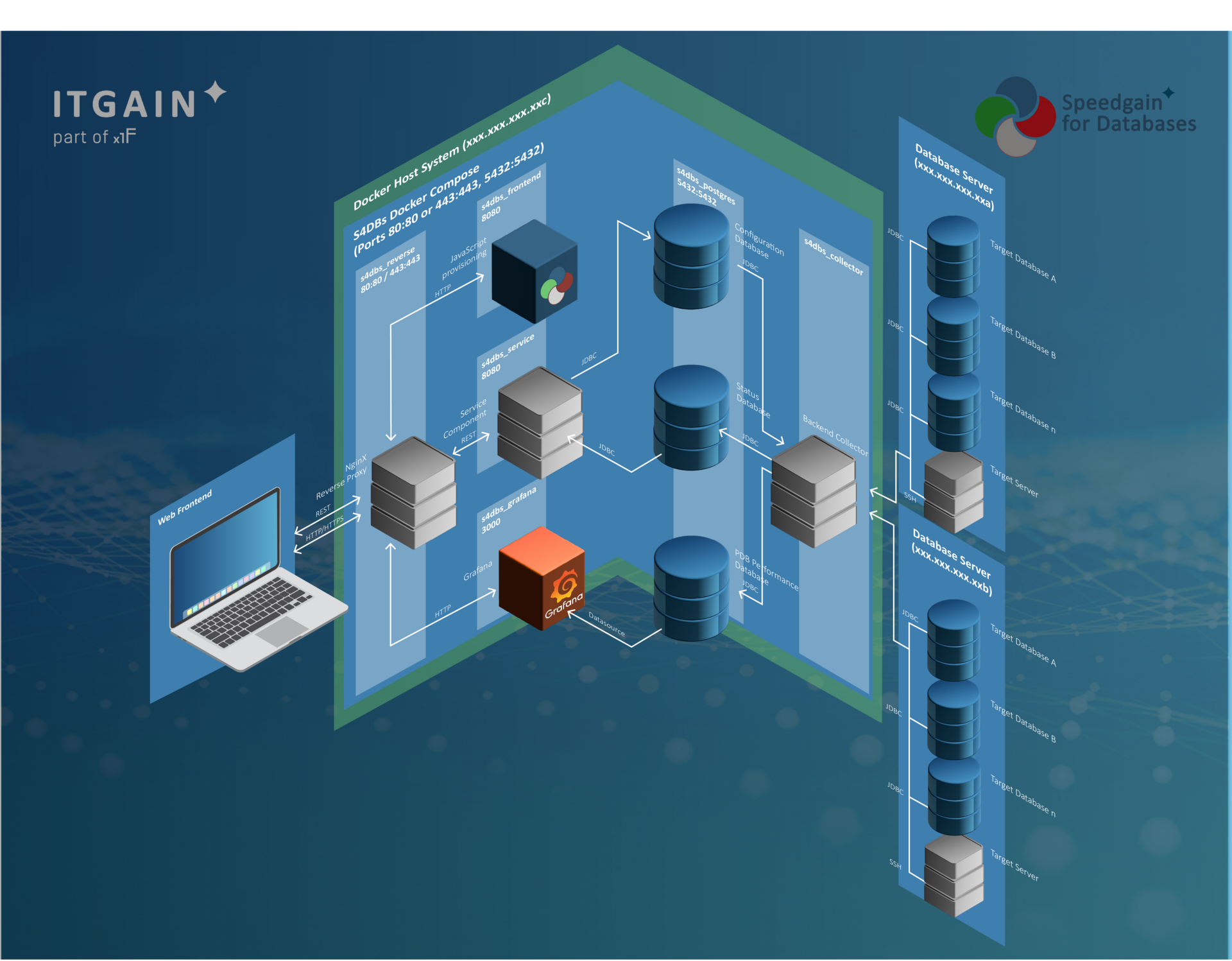Rethinking Database Monitoring – Experiences and Perspectives on Introducing a SaaS Solution
Between Effort and Expectation – Monitoring in Transition
Database monitoring is a central topic in many companies when it comes to ensuring availability and performance of business-critical systems. The road to stable and meaningful monitoring is often rocky: introducing new tools requires time, resources, and expertise. In an increasingly hybrid and dynamic IT landscape, the question arises: what could modern monitoring look like—flexible enough to fit into many different infrastructures while also reducing complexity?
One possible approach: Software-as-a-Service. The decision to adopt SaaS-based monitoring can be driven by various factors—such as the desire for lower setup effort, better scalability, or the relief of internal resources. Companies report varying experiences when switching to such a model: while some primarily benefit from immediate readiness for use, others particularly value continuous maintenance and simple integration into existing environments. From a technical perspective, crucial aspects include security, interface compatibility, and coverage of relevant metrics.
SaaS Compared to Traditional Monitoring Solutions
Traditional solutions often rely on on-prem operated software. These require dedicated infrastructure, regular maintenance, significant configuration effort, and depend on the expertise of specific individuals. Especially in heterogeneous database environments or when capacity is limited, this can quickly become a burden.
In contrast, SaaS models such as with Speedgain offer a fully managed approach: the solution is operated by an external provider, continuously updated, and delivered through a web-based interface. This does not only reduce internal effort but also significantly shortens the time to productive availability.
Speedgain Architecture

Practical Insight: A Low-Risk Transition
A mid-sized company in the financial sector faced the challenge of monitoring a variety of SQL and NoSQL databases for performance and stability. While the existing on-premises solution was established, it increasingly reached its limits when integrating new cloud databases and in terms of maintenance effort.
As part of a test scenario, the SaaS variant of Speedgain was evaluated. The entry barrier was low: no local installation was required, and system integration could be done without agents. Within a very short time, centralized dashboards, metrics, and alerts were available. The IT department was able to carry out initial analyses within just a few days—without additional infrastructure or lengthy onboarding.
Functional Aspects: What a SaaS Solution Should Deliver
A decisive factor when evaluating SaaS monitoring solutions is their range of functions. In addition to classic KPIs such as CPU utilization, I/O performance, and storage usage, contextual analyses are becoming increasingly important—such as examining the execution of individual SQL statements or evaluating historical load trends.
From an operational security perspective, continuous maintenance and system hardening are key: a SaaS solution will be regularly updated, protected against attacks, and highly available. At the same time, it should integrate as seamlessly as possible into existing tool landscapes—for example, through interfaces to Grafana, alerting systems, or ticketing tools.
Conclusion: SaaS Can Be a Viable Alternative – But It Must Fit the Needs
No environment is the same, and no tool fits every use case. However, for many companies, a SaaS model can be a pragmatic response to the growing complexity of database monitoring. Especially when resources are scarce, infrastructures are hybrid, and reaction times are critical, a managed solution offers advantages in flexibility, security, and speed.
The decision for or against SaaS should always be made with the company’s own requirements, processes, and circumstances in mind. The goal is to evaluate possible alternatives to traditional tool operation—and to develop concrete criteria for a suitable solution.
One example of such a solution is Speedgain in its SaaS variant: the platform is specifically developed to monitor heterogeneous database environments without installation effort and comes with preconfigured dashboards as well as in-depth analysis features. Companies wishing to gain initial experience with SaaS-based monitoring can easily test the solution—without long-term commitments or infrastructure changes.
